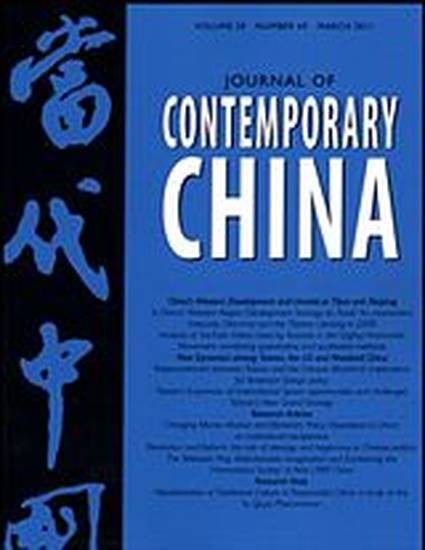
As China proceeds with a process of urbanization unprecedented in human history, it maintains an urban-biased governance regime in many areas, including food safety regulation. Using secondary data and interviews with officials from the Changping district in Beijing, this article systematically defines the main characteristics of China's dual food safety regulation regimes, highlighting differences between urban and rural areas in four dimensions: policy structure, funding source, staff structure and resource allocation. This article also provides an explanatory framework to understand this dual regime's development and persistence from a neo-institutionalism perspective. Three main explanatory variables are advanced: historical legacy, dual incentive structures, and dual economic and industrial patterns. While China's urbanization process and governance structure, including the food safety regulatory regime, are not complete by Western standards, we emphasize this problem is best understood by examining China's unique socioeconomic and cultural context.
Available at: http://works.bepress.com/william_mcguire/6/
